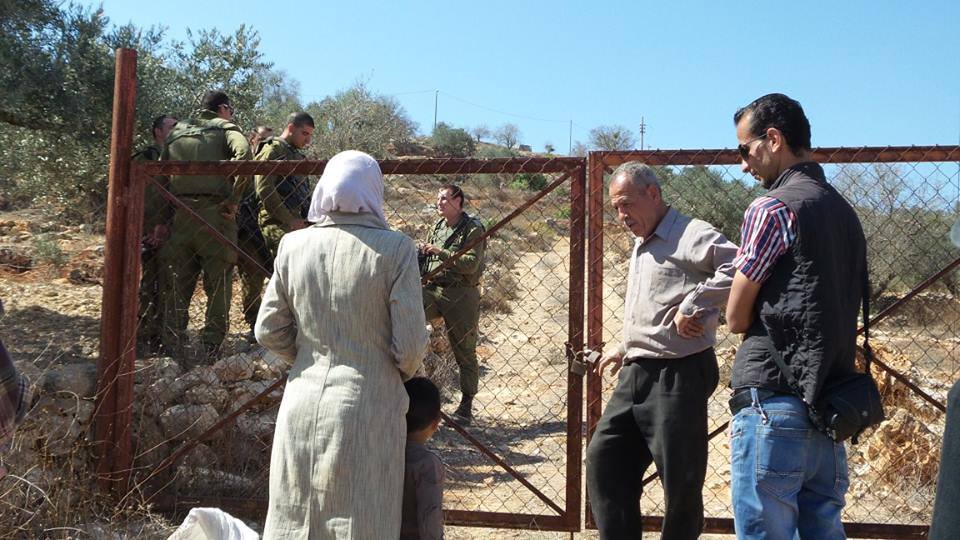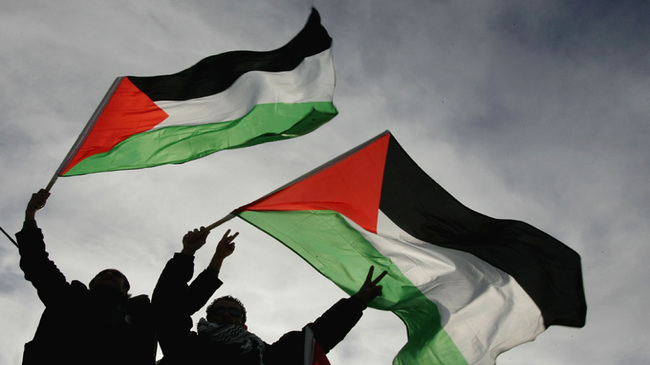Year: 2013
-
A family in Qaryut was stopped by Israeli soldiers from harvesting their olive trees
14th October 2013 | International Solidarity Movement, Nablus Team | Qaryut, Occupied Palestine Yesterday, Sunday 13th October, Palestinian farmers and international activists were picking olives in Qaryut when it was observed that two members of settler security from the illegal settlements of Eli and Shilo were nearby. The settler security then attempted to intimidate the olive…
-
Tell your MEPs to support the new guidelines on Israel’s participation in EU programs
12th October 2013 | European Coordination Committee for Palestine | Brussels, Belgium In July 2013, the European Commission announced new guidelines that aim to prevent Israeli projects in illegal Israeli settlements from receiving research grant funding and prevent Israeli companies and institutions that operate inside illegal Israeli settlements from participating in financial instruments such as loans. The…
-
Bil’in continue their weekly demonstration against the occupation
12th October 2013 | Friends of Freedom and Justice | Bil’in, Occupied Palestine Yesterday, 11th October, Israeli soldiers fired tear gas canisters at a Palestinian family while they were attempting to harvest their olives. This coincided with the weekly Bil’in demonstration against the Apartheid Wall where Israeli forces fired tear gas canisters, stun grenades and rubber-coated steel…



